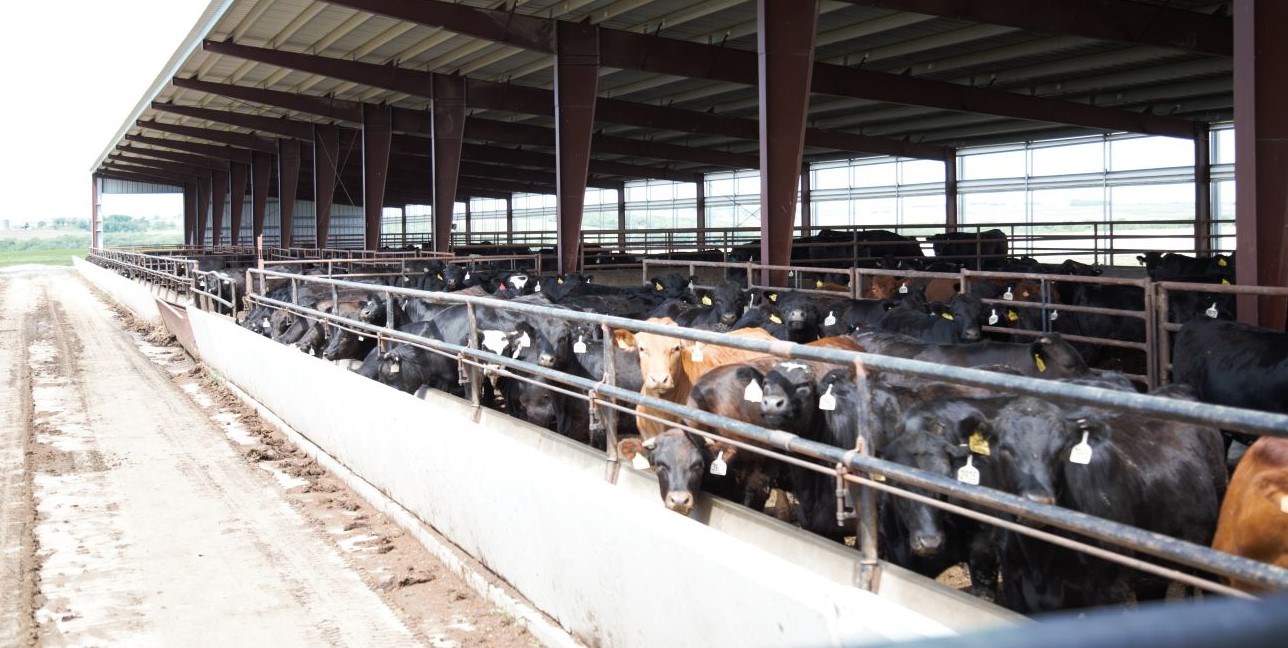
By Chipo Tachiona
Zimbabwe has for the past couple of months been experiencing hot temperatures. Some areas such as Chiredzi, Mbire, Mangwe, Insiza and Gokwe have been recording temperatures of over 42 degrees Celsius.
This comes after weather forecasters predicted that Zimbabwe will receive below normal to normal rainfall, associated with extreme weather conditions such as heatwaves and dry spells during the 2023/24 season.
Last week, it was reported that over 5 000 cattle had succumbed to drought and diseases countrywide with Matabeleland provinces being the most affected, accounting for the bulk of the deaths as the El-Nino phenomena takes toll on Zimbabwe’s national herd.
The government has sprung into action, embarking on a nationwide borehole drilling exercise to save the lives of livestock and people.
Through the Livestock Recovery and Growth Plan, the government is putting several measures to address production and productivity issues, thereby laying the foundation for the sector to take a leading role in transforming the livelihoods of millions of farmers and provide the much-needed raw materials for local industries. The plan seeks to grow the national cattle herd to 8 million by 2025.
Since cattle farming is at centre of rural population’s economic activity as it serves as a source of income, farmers must have a strategy to help their cattle survive and thrive during dry spells. Here are some of the interventions farmers can employ to reduce cattle mortality.
Heat stress
When temperatures remain high, this usually causes deaths due to heat stress. Heat stress in cattle can have significant impacts on their health and productivity. It occurs when the animal’s body is unable to dissipate heat effectively. This can cause cattle to die or can produce low quality and quantity milk and meat.
Some of the heat stress symptoms are:
- Breathing quickly
- Frothing at the mouth
- Protruding tongue
- Excessive salivation
- Reduced feed intake
In an attempt to locate a cooler spot, animals may also pace back and forth. Bulls are more susceptible to the effects of heat than steers or cows because of their large muscle mass and thick skin.
https://www.sundaymail.co.zw/managing-effects-of-el-nino
It is important for livestock farmers to be vigilant for these signs of heat stress, especially during dry spells or when transporting cattle over long distances. Implementing management practices to mitigate heat stress, such as providing ample shade, access to cool water, and adjusting feeding schedules, can help minimise its impact on cattle health and welfare.
Way forward
Depending on how long the dry spell persists, farmers need to make some difficult choices. Establishing dedicated fodder plots and providing cattle with adequate water should on their top priority. The plots are meant to ensure there is adequate feed and forage in the absence of sufficient rains.
During dry seasons, animals should be fed and cared for according to their current location (steers in a drylot, cows on grass, etc). Among the best things the farmer can do for the cattle in a feedlot are:
- If hay supplies are depleting, think about purchasing additional protein (grain or distillers) to help extend and supplement hay supplies.
- Take care not to pack the pen too full.
- Install shades to provide protection from the sun.
- If there is no breeze coming through the pen, fog the cattle or mist them with water. Don’t let the pen get any more holes in it, but as soon as they are dry, keep wetting them down.
- Keep in mind that they should survive as long as there is airflow through the pen. It will be difficult, nonetheless. However, cattle can sweat, so that breeze will help cool the animal and evaporate the sweat.
Naturally, during drought, farmers should exercise caution and keep a close eye on cattle that are on grass. During a drought, you may want to think about the following if you have cows on grass:
- Provide protein-rich foods such as grain or range cubes if the pasture isn’t producing enough grass on its own.
- Think about removing calves from cows early and transferring them to a drylot. The cows will feel less stressed as a result of this.
- Determine how much feed the cows will require over a specific period and begin stockpiling.
- Focus on maintaining a herd of healthy, productive animals. Open cows should go first if the farmer decides to engage in culling. Older cows rank second, followed by cows that produce less.
Provision of a reliable source of water is the best way to alleviate deaths during dry spells. Farmers should ensure that cattle have access to clean, fresh water at all times. Farmers are encouraged to install water tanks or troughs to provide a reliable water source.
Drought can be a devastating natural disaster that can significantly impact cattle production and profitability. As a farmer, it is essential to have a comprehensive plan in place to manage your herd during such times.
Chipo Tachiona is a director at Farmyard Investments
Word From the Market is a column produced by the Agricultural Marketing Authority (AMA) to promote market-driven production. Feedback cchiduku@ama.co.zw or WhatsApp/Call +263781706212.





